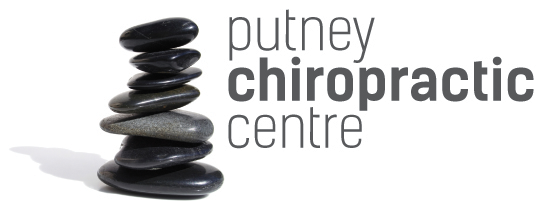What are barefoot shoes and should I be wearing them?
You may have heard of the term “Barefoot shoe” in social/training circles but have no idea what it means and why people would use them. If this sounds you, or you already use barefoot shoes and would like more information on them, then keep reading…
Why are barefoot shoes becoming more popular within exercise and wellbeing circles?
The idea behind wearing barefoot shoes is that evolutionarily, our feet were designed to be walked on and interact with the ground underneath us. Our feet are the foundations of our bodies when we are standing. If something is mechanically dysfunctional at the foot, it will have a knock-on effect further up the body in how different parts of the body receive forces produced by standing, walking and running.
By wearing shoes we restrict the natural movement of the foot and toes, we alter the stress placed on supporting musculature of the foot and we reduce the sensory stimulus received by the feet, which communicate with our brains about what the surface underneath us feels like. But why is each of these points is relevant to your physical health?
To many of us in today's world, our shoes are a combination between a fashion accessory and functional tool. We wear most shoes to compliment our outfit and also to keep our feet dry, warm, clean and comfortable. A lot of shoes today do not benefit the biomechanics of our feet because they are designed to “look good”. They are often too tight and their soles don’t allow proper feedback from the ground underneath you.
Why are tight shoes potentially bad for the biomechanics of our feet?
Shoes that are tight give us an artificial support around our feet and do not allow our toes to move properly and engage during walking, which results in the supporting musculature of the foot to have to work a lot less to support your weight. In the same way that astronauts have less muscle when they have been in space for a few weeks or months, our feet become weaker with shoes that are too tight. Shoes that are tight have the potential to cause us to develop flattened arches and bunions.
Why is it important for us to be able to feel more of the ground underneath us?
When we walk barefoot we can feel all the textures and changes in the surface underneath us. This information is delivered by the nervous system very quickly to the brain, and our brain responds by altering the activation of the musculature, reacting to create a stable base for us to walk on. When we wear shoes, we tend to cut almost all of the feedback we are able to give our brains about the surface underneath us. This results in our brains receiving much less variety of information from our feet and therefore reducing the variety in foot muscle activation, which does not benefit out foot biomechanics.
So what are barefoot shoes?
Barefoot shoes are designed to give us a closer experience to walking barefoot and reap the benefits of doing so, while still providing the functionality of a shoe. Typically, they are slightly wider than your average shoe to provide our toes the space to spread (or they have individual toe holes) and move freely. They have a much thinner sole than most shoes, which allows for our feet to be able to better feel the ground underneath us and activate our foot musculature differently.
There are many different types of barefoot shoes out there. My personal favourites are vivo-barefoot, which are still good-looking and provide the functional benefit of wearing barefoot shoes.
- By Brad Taylor
